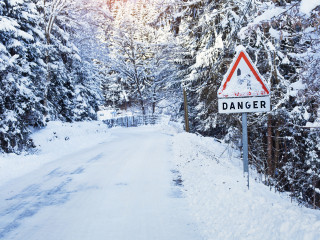Stairs and steps in Ontario are regulated by law under the Occupiers’ Liability Act. According to section 3(1) an occupier owes a duty to take reasonable care to ensure persons on their property are reasonably safe.
This article will consider how the law in Ontario has interpreted reasonable care and reasonably safe premises.
Reasonable care is a question of fact in each case and depends on many factors. The Supreme Court of Canada considered closely the issue of reasonable care in Waldick v. Malcolm [1991] 2 S.C.R. 456.
Waldick was leaving the rural home of Malcolm when he slipped and fell on the icy parking lot and was seriously injured. It was held that doing absolutely nothing to one’s driveway in the face of treacherous conditions is unreasonable. The Occupiers’ Liability Act was designed to discourage this kind of behaviour and force occupiers to take positive steps towards safety.
The definition of reasonably safe stairs and steps is also a question of fact in each case. There are however three standards of design safety that have been considered in the courts of Ontario.
The case of Baker et. al. v. The Regional Municipality of York 2006 CanLII 81804 (ON SC) at paragraph 25 explains the standards are: “the steps must be visible, steps must be the same size in geometry, steps must be accompanied by the provision of handrails”.
The visibility of a step includes both their appearance and the lighting surrounding the steps. If you are the occupier of a premises it is important to have lights on clearly marked steps that turn on automatically and are always on when you have guests.
The geometry of a step involves the height, width and depth of each step. There are many varying requirements for step geometry based on the kind of staircase – but all requirements agree that steps should be consistent. Steps that change in size are an unreasonable hazard that should be fixed.
To be considered safe stairs or steps should also have a handrail that persons can hold while using the stairs.
In conclusion, an occupier of a property must take reasonable care to ensure stairs or steps are safe. It is a question of fact whether a particular set of stairs is safe – but the three factors of visibility, step geometry and provision of a handrail are all critical to safety.













